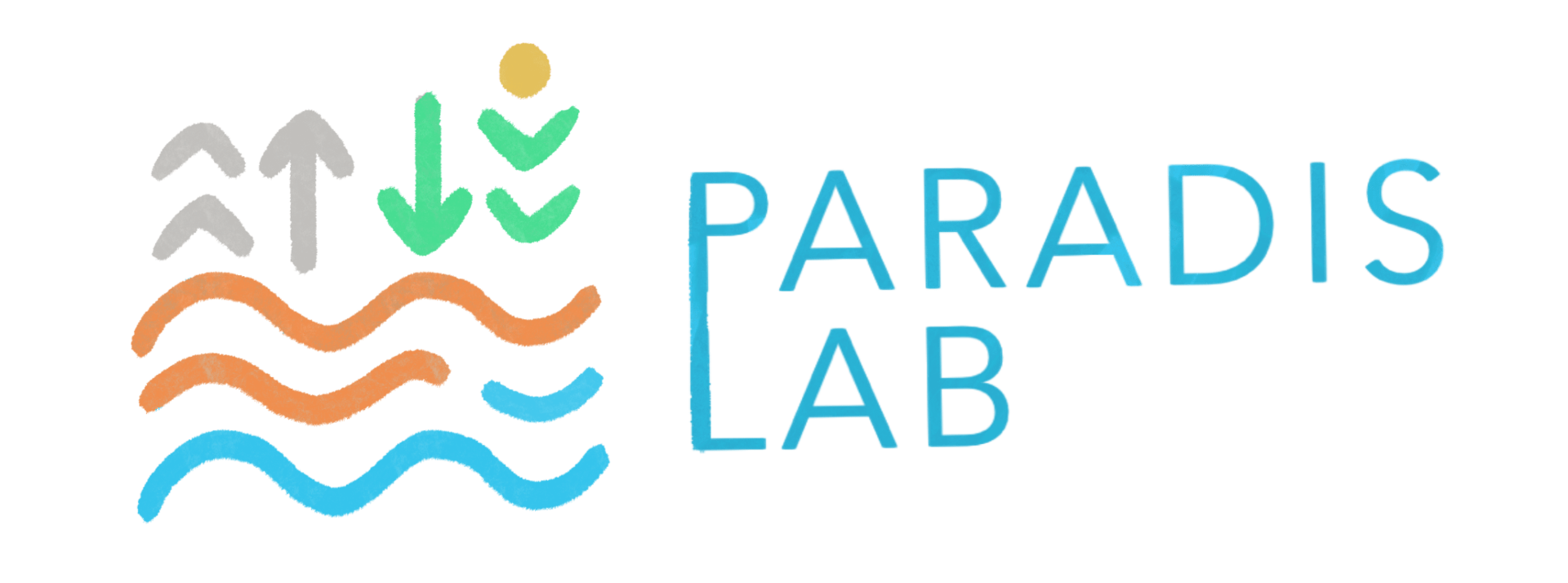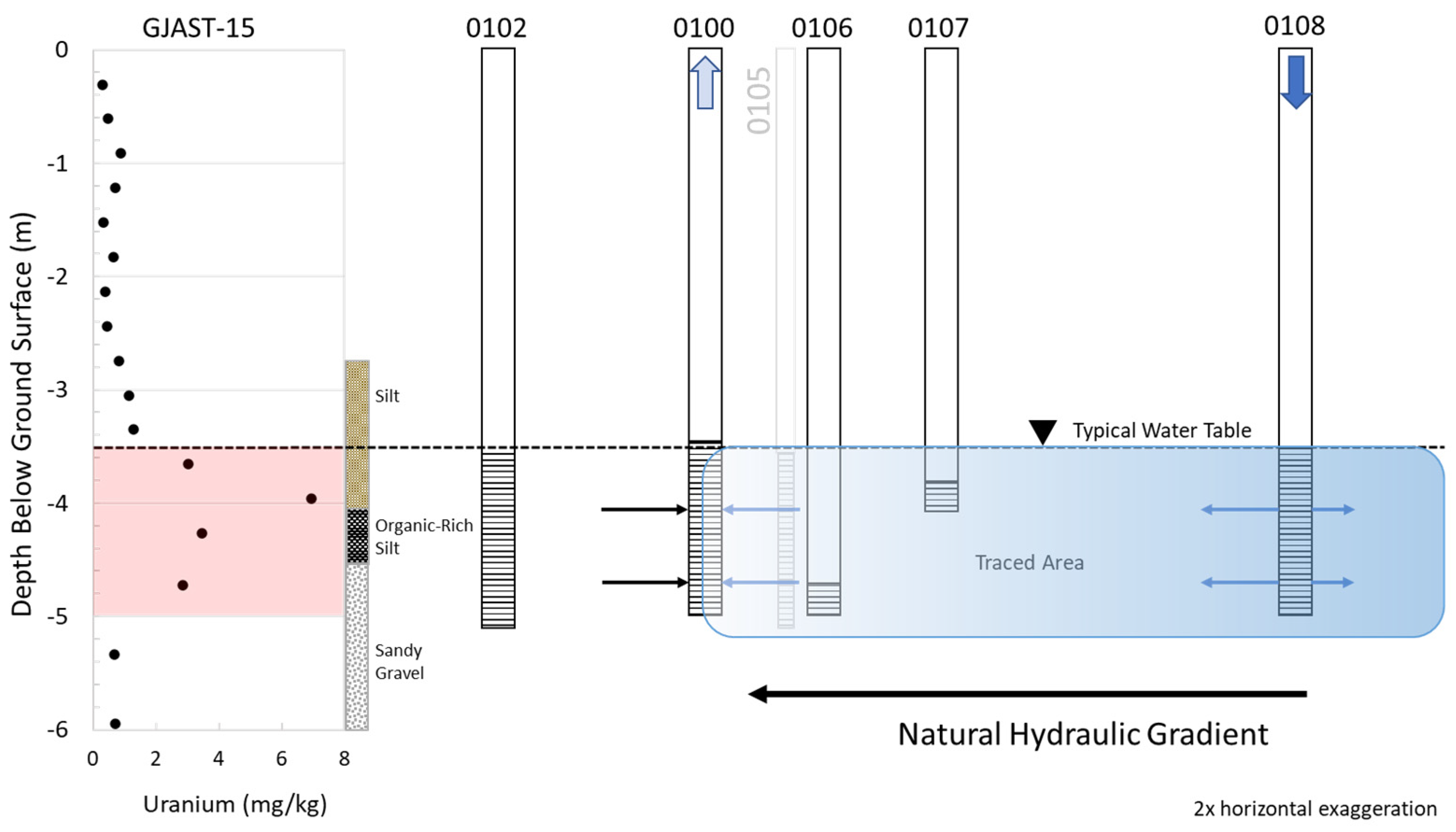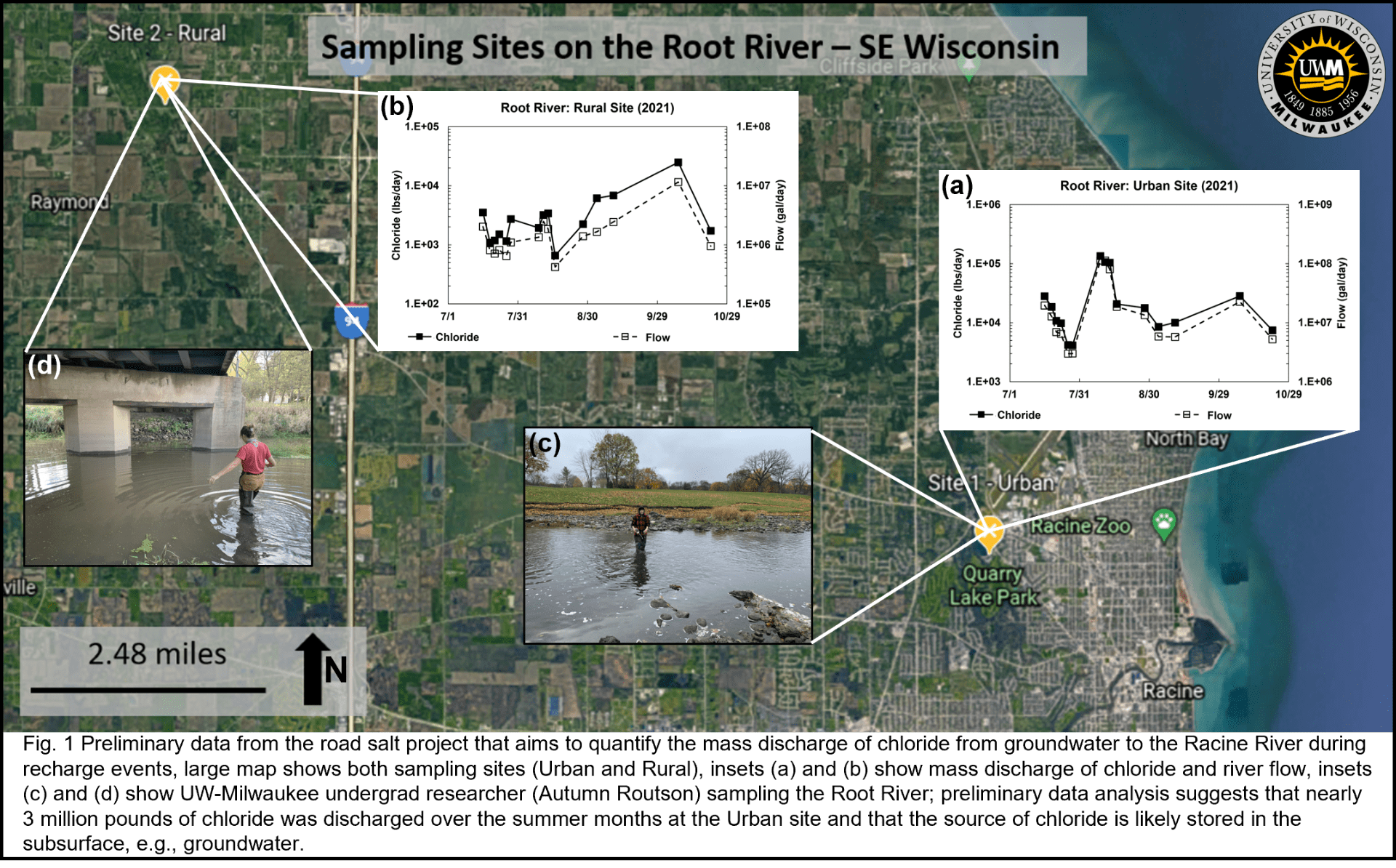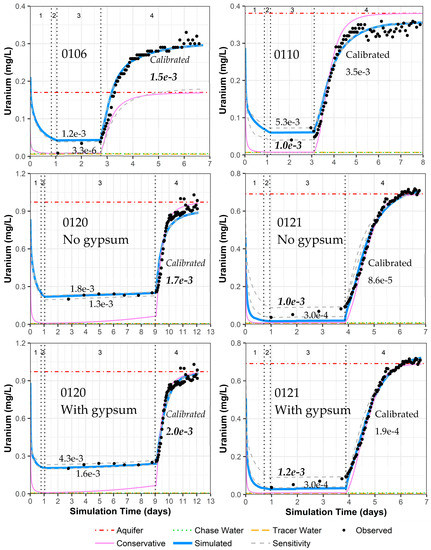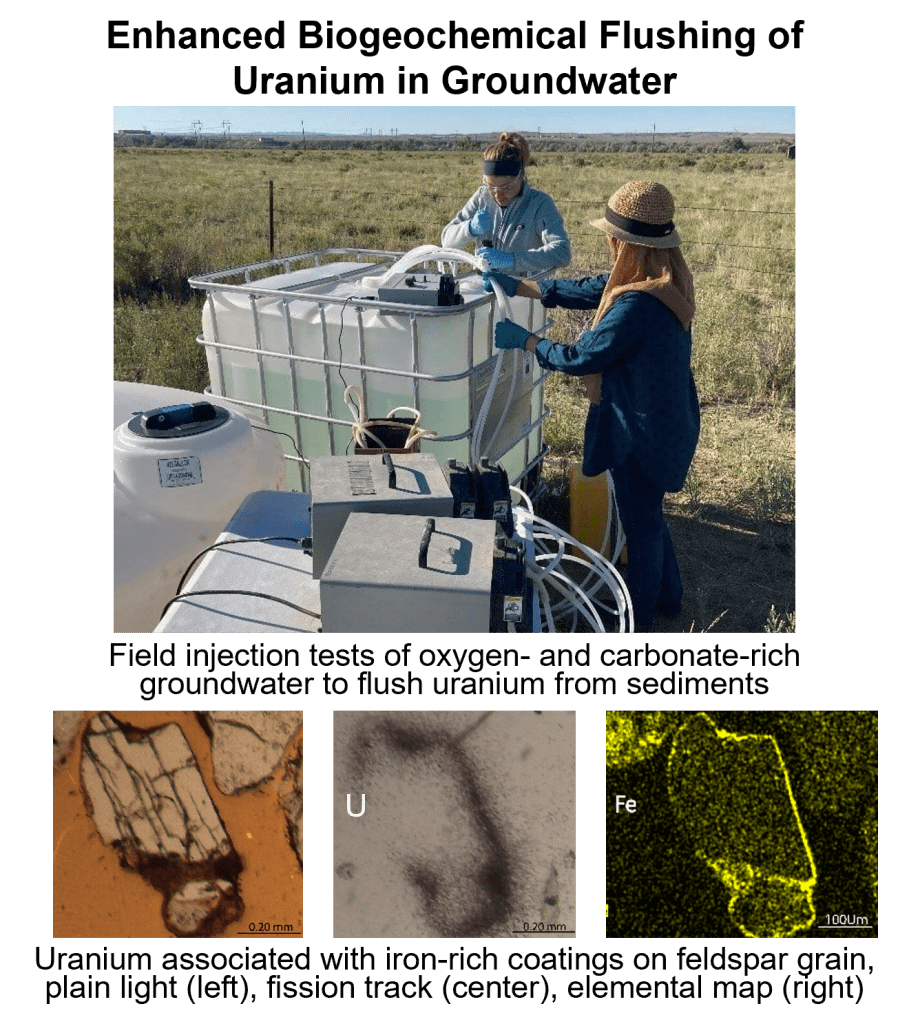The Paradis Lab at UW-Milwaukee has a fully funded, two-year, master’s research assistant position beginning in the spring of 2023. This position is funded by the NSF with an annual stipend of $26,180 and includes a tuition waiver, health benefits, and supplemental dental and/or vision insurance; additional financial support may be available via Department awards and University fellowships. This position aims to elucidate the biogeochemical reactions that are likely responsible for mobilizing uranium under oxygen- and carbonate-rich conditions in groundwater.
This position will primarily require computational modeling of previously collected field experimental data and may include designing and conducting new laboratory experiments; field-based research will likely be minimal. Strong applicants will hold a bachelor’s degree in geology with coursework that includes one year each of calculus, physics, and chemistry, one summer of field-based training in geology, and at least one course each in hydrogeology and computer programming. Exceptional applicants will also have field- and lab-based research experience in contaminant hydrogeology and groundwater flow/contaminant transport modeling with computer programs such as MODFLOW, MT3D, PHREEQC, and PEST.
Interested applicants should write a one-page cover letter (pdf) that answers the following three questions: 1) How are you qualified for this position? 2) Why do you want this position? and 3) What will you do with your master’s degree? to Dr. Charles J. Paradis at paradisc@uwm.edu with the subject heading as follows: “MS App U-Mobility Last Name First Initial”.
 Rakiba Sultana, PhD Student, was awarded the NSF’s Non-Academic Research Internships for Graduate Students (INTERN) to conduct numerical modeling of groundwater flow and contaminant transport under the mentorship of Dr. Michael Fienen at the USGS’s Upper Midwest Water Science Center in Madison, WI. Rakiba’s modeling efforts will be aimed at simulating uranium transport from the vadose zone to groundwater during flooding events. The six-month internship provides full support for travel, tuition and fees, health insurance, and additional stipend.
Rakiba Sultana, PhD Student, was awarded the NSF’s Non-Academic Research Internships for Graduate Students (INTERN) to conduct numerical modeling of groundwater flow and contaminant transport under the mentorship of Dr. Michael Fienen at the USGS’s Upper Midwest Water Science Center in Madison, WI. Rakiba’s modeling efforts will be aimed at simulating uranium transport from the vadose zone to groundwater during flooding events. The six-month internship provides full support for travel, tuition and fees, health insurance, and additional stipend.